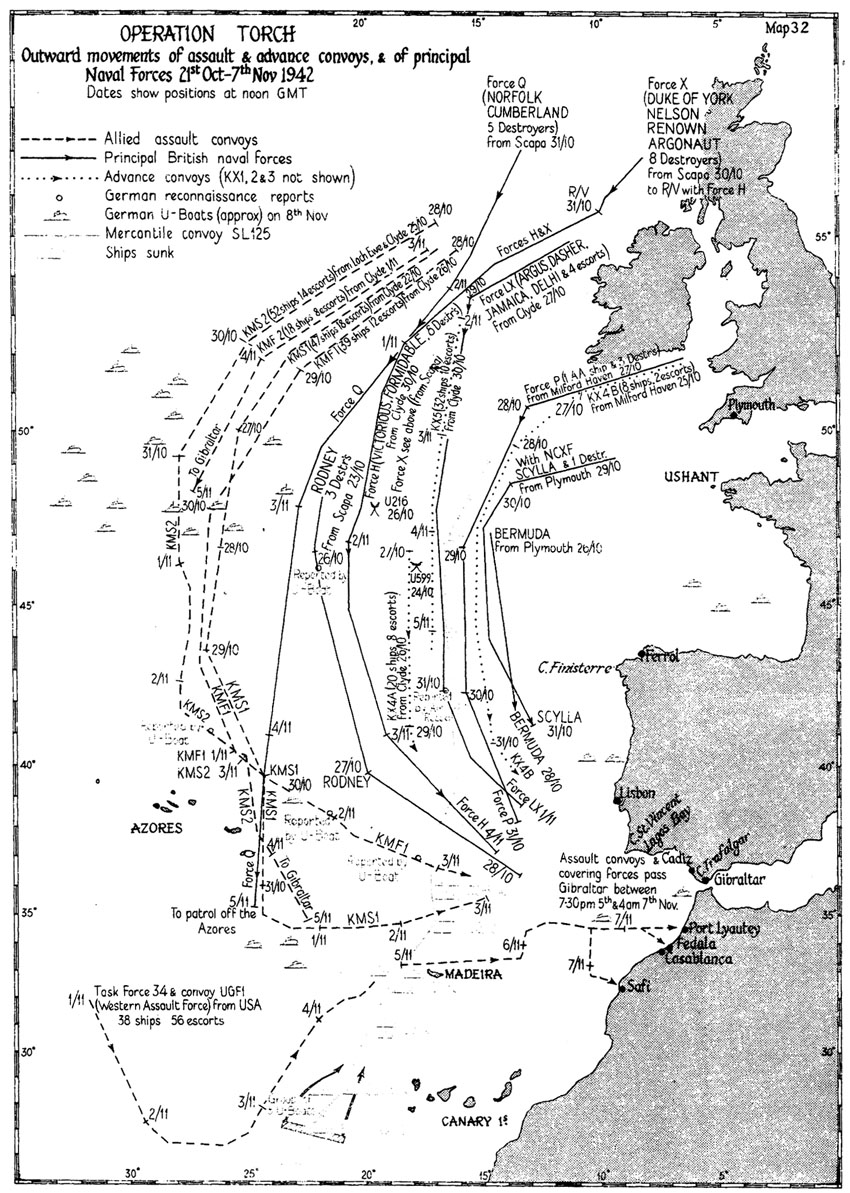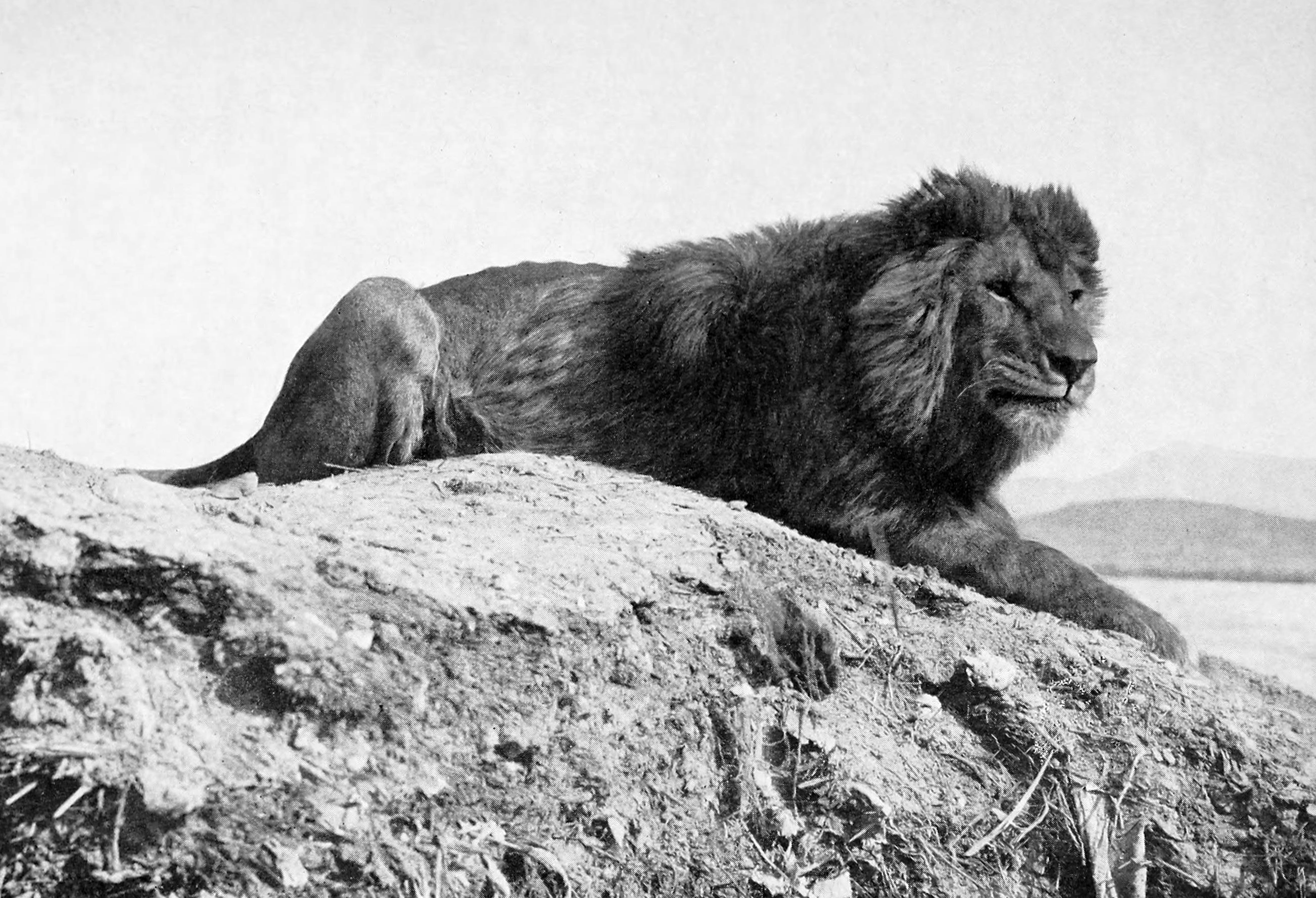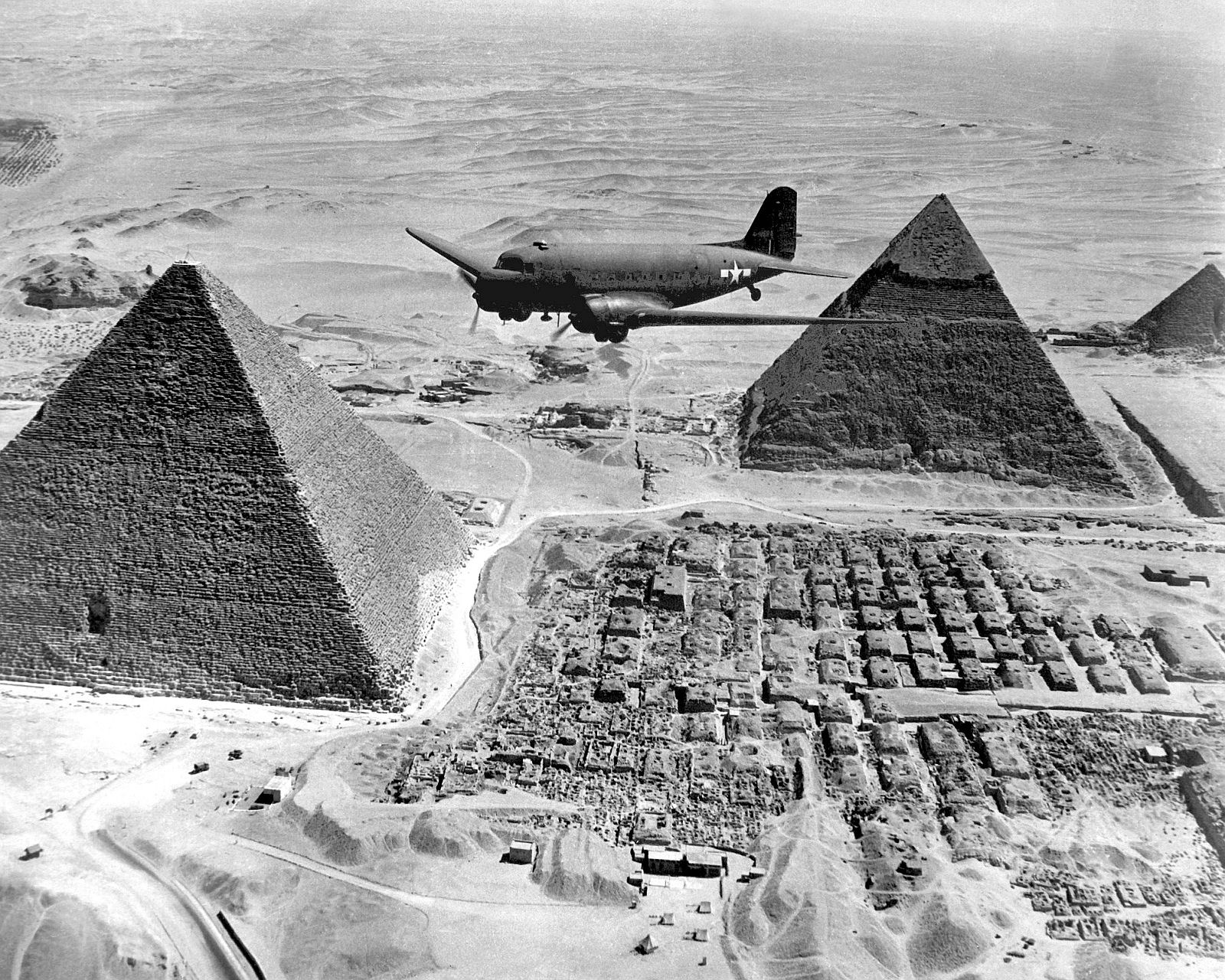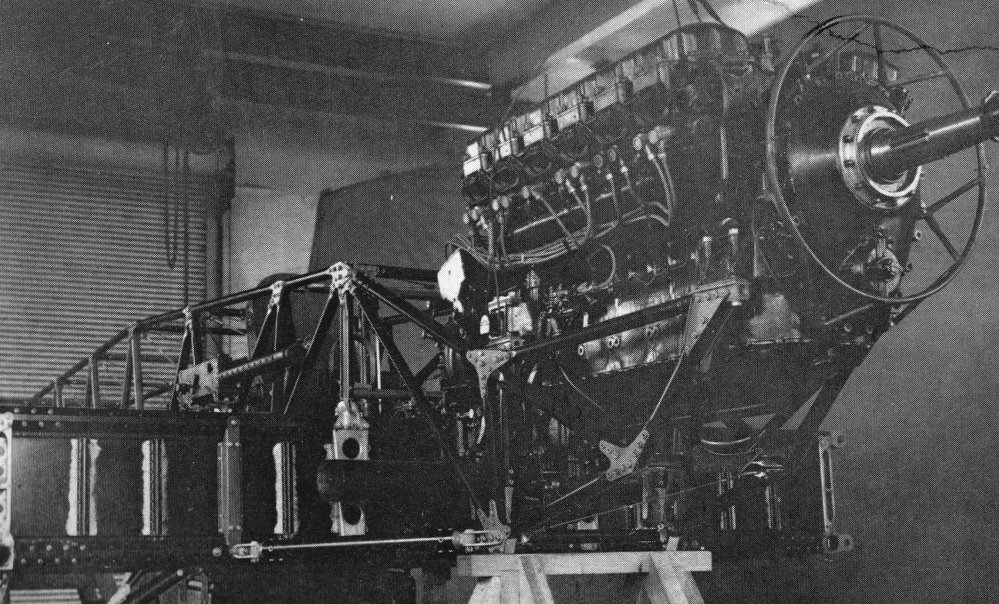|
Houari Boumediene Airport
Houari Boumediene International Airport () , also known as Algiers Airport or Algiers International Airport, is the main international airport serving Algiers, the capital of Algeria. It is located east southeast of the city. The airport is named after Houari Boumediene (1932–1978), a former president of Algeria. Dar El Beïda, the area where the airport is located, was known as ''Maison Blanche'' ('White House'), and the airport is called Maison Blanche Airport in much of the literature about the Algerian War of Independence. The SGSIA (), more commonly known as 'Airport of Algiers', is a public company established on 1 November 2006 to manage and operate the airport. The SGSIA has 2,100 employees. History The airport was created in 1924 and named Maison Blanche Airport. During World War II, Maison Blanche was a primary objective of the Allied Operation Torch Eastern Task Force on 8 November 1942, and was seized by a combination of United States Army units, British Commando ... [...More Info...] [...Related Items...] OR: [Wikipedia] [Google] [Baidu] |
EGSA Alger
EGSA Alger or EGSA/Alger (, , which translates into English as: Airport Management Services Establishment of Algeria) is a government agency which operates 18 airports in Algeria. EGSA Alger was created by presidential decree No. 173–87 on 11 August 1987. Under the supervision of the Algerian Ministry of Transportation, its mission is to manage, develop and operate Algerian airports open to public air traffic. It operates the following airports: # Algiers – Houari Boumediene Airport # Béjaïa – Abane Ramdane Airport # Hassi Messaoud – Oued Irara Airport # Ghardaïa – Noumerate Moufdi Zakaria Airport # Tamanrasset – Aguenar – Hadj Bey Akhamok Airport # Ouargla – Ain Beida Airport # In Amenas – Zarzaitine Airport # In Guezzam – In Guezzam Airport # In Salah – Tafsaout Airport # Laghouat – Moulay Ahmed Medeghri Airport # Hassi R'Mel – Tilrhemt Airport # El Oued – Guemar Airport # Djanet – T ... [...More Info...] [...Related Items...] OR: [Wikipedia] [Google] [Baidu] |
Operation Torch
Operation Torch (8–16 November 1942) was an Allies of World War II, Allied invasion of French North Africa during the Second World War. Torch was a compromise operation that met the British objective of securing victory in North Africa while allowing American armed forces the opportunity to begin their fight against Nazi Germany and Fascist Italy on a limited scale. The French colonies were aligned with Germany via Vichy France but the loyalties of the population were mixed. Reports indicated that they might support the Allies. The American General Dwight D. Eisenhower, supreme commander of the Allied forces in Mediterranean and Middle East theatre of World War II, Mediterranean theater of the war, approved plans for a three-pronged attack on Casablanca (Western), Oran (Centre) and Algiers (Eastern), then a rapid move on Tunis to catch Axis forces in North Africa from the west in conjunction with the British advance from Egypt. The Western Task Force encountered unexpected ... [...More Info...] [...Related Items...] OR: [Wikipedia] [Google] [Baidu] |
Tunisia
Tunisia, officially the Republic of Tunisia, is a country in the Maghreb region of North Africa. It is bordered by Algeria to the west and southwest, Libya to the southeast, and the Mediterranean Sea to the north and east. Tunisia also shares maritime borders with Italy through the islands of Sicily and Sardinia to the north and Malta to the east. It features the archaeological sites of Carthage dating back to the 9th century BC, as well as the Great Mosque of Kairouan. Known for its ancient architecture, Souks of Tunis, souks, and blue coasts, it covers , and has a population of 12.1 million. It contains the eastern end of the Atlas Mountains and the northern reaches of the Sahara desert; much of its remaining territory is arable land. Its of coastline includes the African conjunction of the western and eastern parts of the Mediterranean Basin. Tunisia is home to Africa's northernmost point, Cape Angela. Located on the northeastern coast, Tunis is the capital and List of cities ... [...More Info...] [...Related Items...] OR: [Wikipedia] [Google] [Baidu] |
Tunis Airport
Tunis (, ') is the capital and largest city of Tunisia. The greater metropolitan area of Tunis, often referred to as "Grand Tunis", has about 2,700,000 inhabitants. , it is the third-largest city in the Maghreb region (after Casablanca and Algiers) and the eleventh-largest in the Arab world. Situated on the Gulf of Tunis, behind the Lake of Tunis and the port of La Goulette (Ḥalq il-Wād), the city extends along the coastal plain and the hills that surround it. At its core lies the Medina, a World Heritage Site. East of the Medina, through the Sea Gate (also known as the '' Bab el Bhar'' and the ''Porte de France''), begins the modern part of the city called "Ville Nouvelle", traversed by the grand Avenue Habib Bourguiba (often referred to by media and travel guides as "the Tunisian Champs-Élysées"), where the colonial-era buildings provide a clear contrast to smaller, older structures. Further east by the sea lie the suburbs of Carthage, La Marsa, and Sidi Bou Said. As the ... [...More Info...] [...Related Items...] OR: [Wikipedia] [Google] [Baidu] |
Oran
Oran () is a major coastal city located in the northwest of Algeria. It is considered the second most important city of Algeria, after the capital, Algiers, because of its population and commercial, industrial and cultural importance. It is west-southwest from Algiers. The total population of the city was 803,329 in 2008, while the metropolitan area has a population of approximately 1,500,000, making it the second-largest city in Algeria. Etymology The word ''Wahran'' comes from the Berber expression ''wa - iharan'' (place of lions). A locally popular legend tells that in the period around AD 900, there were sightings of Barbary lions in the area. The last two lions were killed on a mountain near Oran, and it became known as ''la montagne des lions'' ("The Mountain of Lions"). Two giant lion statues stand in front of Oran's city hall, symbolizing the city. History Overview During the Roman Empire, a small settlement called ''Unica Colonia'' existed in the area of the current ... [...More Info...] [...Related Items...] OR: [Wikipedia] [Google] [Baidu] |
Tafarquay Airport
Ahmed Ben Bella Airport (), formally Es-Sénia Airport is an airport located 4.7 nm (8.7 km) south of Oran (near Es Sénia), in Algeria. History During World War II, La Sénia Airport was used by the French Air Force as a military airfield, first by the Armée de l'Air, and after June 1940, by the Armistice Air Force () of the Vichy government. During the Operation Torch landings in 1942, La Sénia was one of the primary objectives of the assault on Oran on 9 November. A paratroop task force was to directly seize La Sénia, with an armored task force to thrust inland to insure the capture of the field. Just after daylight, eight Albacore dive bombers from H.M.S. ''Furious'' and six Hurricane fighter escorts from each of the two auxiliary carriers swung back over La Sénia airfield in broad daylight to be greeted by strong antiaircraft fire and Vichy fighters. The airfield was attacked in response by six 250-pound general-purpose bombs with which it accurately struck and w ... [...More Info...] [...Related Items...] OR: [Wikipedia] [Google] [Baidu] |
Air Transport Command (United States Air Force)
Air Transport Command (ATC) was a United States Air Force unit that was created during World War II as the strategic airlift component of the United States Army Air Forces. It had two main missions, the first being the delivery of supplies and equipment between the United States and the overseas combat theaters; the second was the ferrying of aircraft from the manufacturing plants in the United States to where they were needed for training or for operational use in combat. ATC also operated a worldwide air transportation system for military personnel. Inactivated on 1 June 1948, Air Transport Command was the precursor to what became the Military Air Transport Service in 1948 and was redesignated Military Airlift Command (MAC) in 1966. It was consolidated with MAC in 1982, providing a continuous history of long range airlift through 1992 when the mission was transferred to today's Air Mobility Command. History By no means least among the achievements of the Army Air Force ... [...More Info...] [...Related Items...] OR: [Wikipedia] [Google] [Baidu] |
United States Army Air Forces
The United States Army Air Forces (USAAF or AAF) was the major land-based aerial warfare service component of the United States Army and ''de facto'' aerial warfare service branch of the United States during and immediately after World War II (1941–1947). It was created on 20 June 1941 as successor to the previous United States Army Air Corps and is the direct predecessor of the United States Air Force, today one of the six United States Armed Forces, armed forces of the United States. The AAF was a component of the United States Army, which on 2 March 1942 was divided functionally by executive order into three autonomous forces: the Army Ground Forces, the United States Army Services of Supply (which in 1943 became the Army Service Forces), and the Army Air Forces. Each of these forces had a commanding general who reported directly to the Chief of Staff of the United States Army, Army Chief of Staff. The AAF administered all parts of military aviation formerly distributed am ... [...More Info...] [...Related Items...] OR: [Wikipedia] [Google] [Baidu] |
Constantine, Algeria
Constantine (), also spelled Qacentina or Kasantina, is the capital of Constantine Province in northeastern Algeria. During Roman times it was called Cirta and was renamed "Constantina" in honour of Emperor Constantine the Great. Located somewhat inland, Constantine is about from the Mediterranean coast, on the banks of the Rhumel River. Constantine is regarded as the capital of eastern Algeria and the commercial centre of its region and has a population of about 450,000 (938,475Office National des Statistiques, Recensement General de la Population et de l'Habitat 2008 2008 population census. Accessed on 2016-01-27. with the agglomeration), making it the third largest city in the country after |
Squadron Leader
Squadron leader (Sqn Ldr or S/L) is a senior officer rank used by some air forces, with origins from the Royal Air Force. The rank is used by air forces of many countries that have historical British influence. Squadron leader is immediately senior to flight lieutenant and immediately below wing commander. It is usually equivalent to the rank of lieutenant commander in the navy and of the rank of major in other services. The equivalent rank in the Women's Auxiliary Air Force, Women's Royal Air Force (until 1968) and Princess Mary's Royal Air Force Nursing Service (until 1980) was "squadron officer". Squadron leader has also been used as a cavalry command appointment (UK) and rank (France) since at least the nineteenth century. In Argentina it is used as a command appointment by both the army's cavalry and by the air force's flying units. The cavalry rank of squadron leader in France is equivalent to a major, and the cavalry appointment of squadron leader in the UK gene ... [...More Info...] [...Related Items...] OR: [Wikipedia] [Google] [Baidu] |
Hawker Hurricane
The Hawker Hurricane is a British single-seat fighter aircraft of the 1930s–40s which was designed and predominantly built by Hawker Aircraft Ltd. for service with the Royal Air Force (RAF). It was overshadowed in the public consciousness by the Supermarine Spitfire during the Battle of Britain in 1940, but the Hurricane inflicted 60% of the losses sustained by the ''Luftwaffe'' in the campaign, and fought in all the major theatres of the Second World War. The Hurricane originated from discussions between RAF officials and aircraft designer Sir Sydney Camm about a proposed monoplane derivative of the Hawker Fury biplane in the early 1930s. Despite an institutional preference for biplanes and lack of interest by the Air Ministry, Hawker refined its monoplane proposal, incorporating several innovations which became critical to wartime fighter aircraft, including retractable landing gear and the more powerful Rolls-Royce Merlin engine. The Air Ministry ordered Hawker's ''Interce ... [...More Info...] [...Related Items...] OR: [Wikipedia] [Google] [Baidu] |
François Darlan
Jean Louis Xavier François Darlan (; 7 August 1881 – 24 December 1942) was a French admiral and political figure. Born in Nérac, Darlan graduated from the ''École navale'' in 1902 and quickly advanced through the ranks following his service during World War I. He was promoted to rear admiral in 1929, vice admiral in 1932, lieutenant admiral in 1937 before finally being made admiral and Chief of the Naval Staff in 1937. In 1939, Darlan was promoted to admiral of the fleet, a rank created specifically for him. Darlan was Commander-in-Chief of the French Navy at the beginning of World War II. After France's armistice with Germany in June 1940, Darlan served in Philippe Pétain's Vichy regime as Minister of Marine, and in February 1941 he took over as Vice-President of the Council, Minister of Foreign Affairs, Minister of the Interior and Minister of National Defence, making him the ''de facto'' head of the Vichy government. In April 1942, Darlan resigned his ministries to Pier ... [...More Info...] [...Related Items...] OR: [Wikipedia] [Google] [Baidu] |






